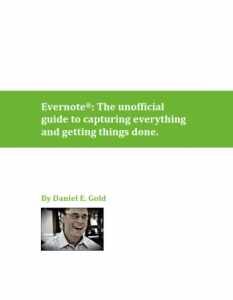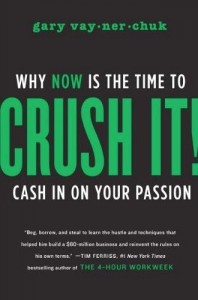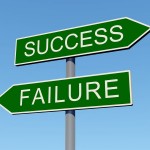It had to happen. I’ve been riding high on a unbroken string of five star reviews of my Kindle book, “Recruit and Grow Rich” (about network marketing) and comments like these
“The Best Network Marketing Book I’ve Ever Read!”
–Mitch Jackson
“By Far The Best & Most Complete Resource for Network Marketing!”
–Erik Christian
“Incredible Resource for Anyone in Network Marketing!”
–Marcia J. LeVoir
Donald Gravalec, an attorney, said, “This book is an absolute must read for any attorney considering a network marketing opportunity.”
Nice, huh?
Then, last week, I got a stinker. A one star review. The anonymous reviewer said, “No (sic) recommended. Not that good. Too basic.”
I don’t know what this guy is smoking. The book covers the basics, as a book like this must, but there is so much more. If anything, there is too much information, especially for newbies. My guess is Mr. Anonymous didn’t read past the introduction or first chapter.
Right or wrong, that’s his opinion. What can I do about it?
The same thing you do when you get a bad review or rating from a client on a review site or social media:
You bury it.
You reach out to your clients and ask them to post a review on the site. Most will leave you good reviews, right? As new reviews come in, the stinker will move down and eventually off the page. If a prospective client does see it, he will also see that it is one bad apple in a big barrel of satisfied clients.
Will you help me? If you read the book, would you please leave a review. Just a line or two is fine. I would appreciate it. You can do that on this page.
If you don’t have the book, you can check it out here.
One more thing. Amazon allows people to vote on which reviews are “helpful” and which are not. If you believe the book is good and not “too basic,” please vote down Mr. Antonymous’ review.
Thanks again for you help. I’m looking forward to reading your review.












